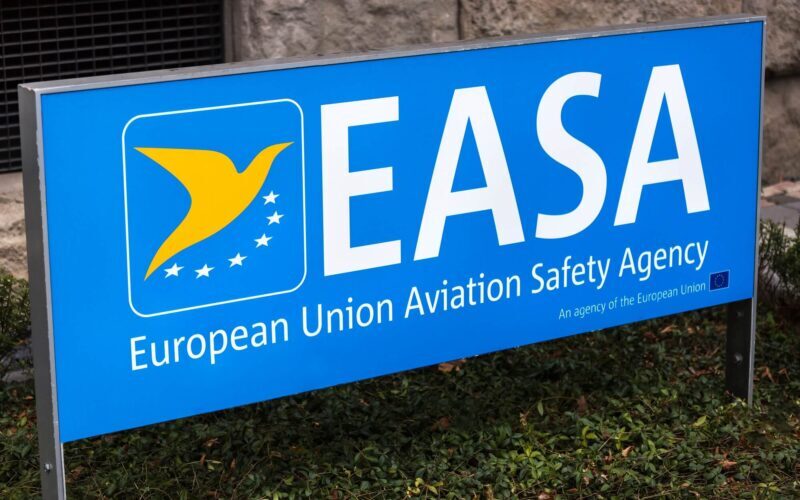EASA Seeks Industry Feedback on New AI Safety Framework

The European Union Aviation Safety Agency (EASA) has launched a public consultation on a new legal framework designed to regulate the use of artificial intelligence in aviation. This initiative, built around the Notice of Proposed Amendment (NPA) 2025-07, marks a significant step toward aligning aviation safety standards with the rapidly evolving technological landscape. As AI begins to play a larger role in aircraft systems, air traffic management, training, and operational decision-making, EASA aims to ensure innovation is balanced with robust safety oversight.
NPA 2025-07 provides technical guidance that complements the EU AI Act, the continent’s first comprehensive legislation governing artificial intelligence. The proposal outlines the structure, requirements, and compliance expectations for AI deployment across the aviation industry. Through this consultation, EASA is seeking feedback from airlines, manufacturers, technology providers, regulators, and aviation professionals to ensure the framework addresses real-world operational needs. The focus is on creating a harmonized and future-proof regulatory approach that supports safe, trustworthy AI integration in everything from cockpit automation to predictive maintenance.
This consultation phase is essential because the aviation sector relies heavily on precise, validated technologies. As AI systems grow more capable—processing vast datasets, improving operational efficiency, and reducing human workload—EASA wants to define clear boundaries for acceptable use, risk classification, system transparency, and human oversight. The final framework will influence how AI is certified, monitored, and evaluated within Europe’s aviation ecosystem.
In parallel aviation developments, Air Canada has announced the suspension of two key transatlantic routes for Summer 2026. The carrier confirmed that flights from Montreal to Tel Aviv and Montreal to Delhi will not return next year due to commercial considerations. Both routes had been scheduled to resume in May and were previously operated three times a week with a Boeing 787 Dreamliner. While the Montreal–Delhi and Montreal–Tel Aviv services are being cut, each destination will continue to be served from other Canadian gateways in Air Canada’s network.
The airline’s decision underscores the ongoing adjustments carriers are making amid shifting demand patterns, geopolitical factors, and rising operational costs. As global aviation navigates both technological transformation—driven by AI—and changing commercial realities, regulatory clarity and industry collaboration remain crucial. EASA’s new AI framework aims to guide that evolution, ensuring that safety remains at the center of innovation.
Sources: AirGuide Business airguide.info, bing.com
